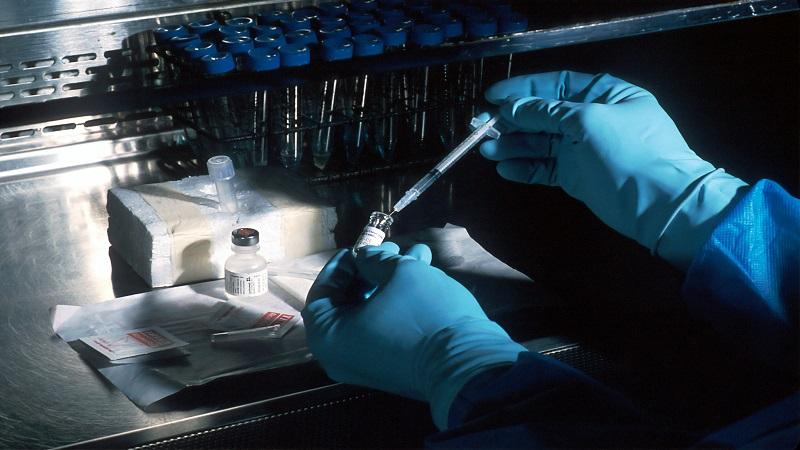Extracellular vesicles (EVs), including microvesicles, have garnered significant attention in recent years due to their potential as therapeutic agents and diagnostic biomarkers. However, the instability of these vesicles poses a major challenge to their translation into clinical applications. Lyophilization, or freeze-drying, has emerged as a promising strategy for preserving EVs, enhancing their storage and transportability. This article will explore the latest research on lyophilized microvesicles, shedding light on the mechanisms, advantages, and challenges of this approach.
The Challenge of EV Instability
EVs are naturally fragile structures that readily aggregate and degrade when stored in solution, even at low temperatures. This instability limits their shelf life and hinders their use in clinical settings. Moreover, the cold chain requirements for storing EVs can be logistically challenging and costly. Therefore, a robust method for preserving EVs is urgently needed to fully harness their therapeutic and diagnostic potential.
Lyophilization: A Solution to EV Instability?
Lyophilization has been explored as a potential solution to EV instability. This process involves freezing the EV sample and then removing the water content through a vacuum, leaving behind a dry powder that can be stored at room temperature. Lyophilization offers several advantages over traditional storage methods. It eliminates the need for cold storage, making EV transport and storage much more convenient. Additionally, lyophilization can enhance the long-term stability of EVs, preserving their structure and function for extended periods.
Mechanisms of EV Lyophilization
The lyophilization process involves complex mechanisms that can impact EV stability. During freezing, ice crystals form that can disrupt the delicate membranes of EVs, leading to aggregation and degradation. To mitigate this, cryoprotectants such as sugars and polymers are often added to the EV sample. These agents form a glassy matrix that protects the EVs from ice crystal damage. Additionally, the lyophilization conditions, including the freezing rate and drying temperature, can significantly impact EV stability.
Recent Advances in EV Lyophilization
Several recent studies have made significant strides in optimizing EV lyophilization. For example, researchers have identified optimal cryoprotectant formulations and lyophilization conditions that enhance EV stability. These advances have enabled the production of lyophilized EVs that retain their native structure and function. Importantly, these lyophilized EVs have shown promising therapeutic activity in preclinical models, suggesting their potential for clinical translation.

